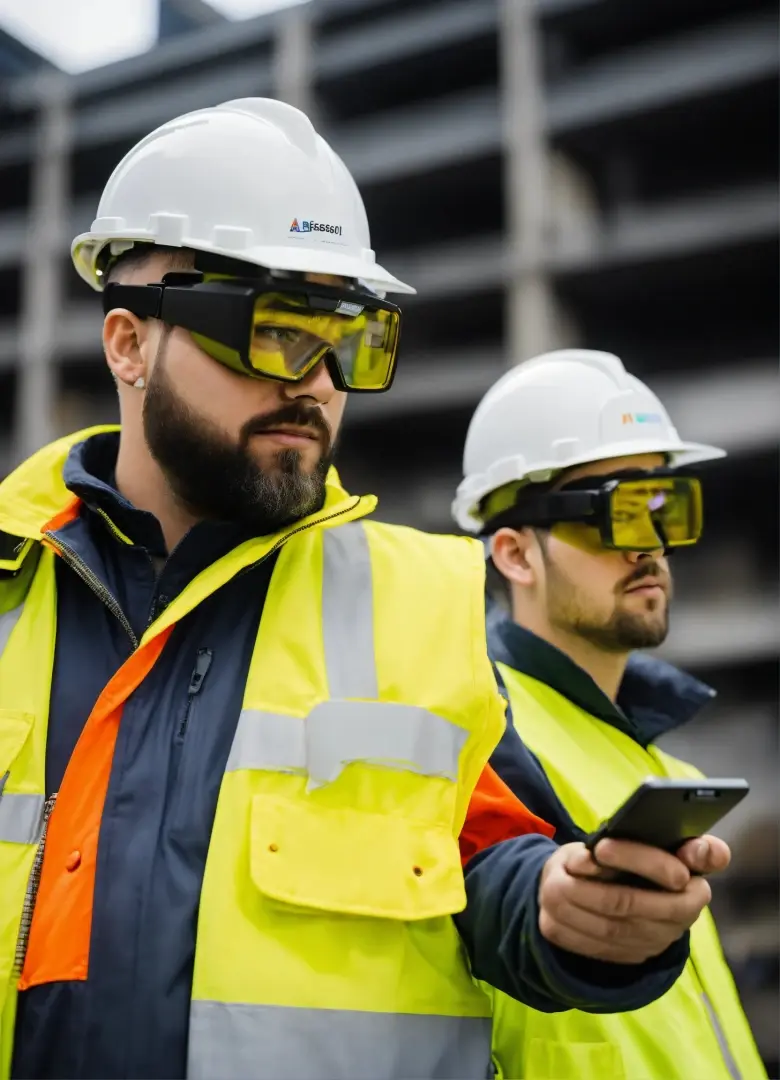Personal protective equipment (PPE) is an important consideration for women who are working in fields or industries where there are potential hazards or risks. Here are a few thoughts on PPE for women in the workplace:
- Proper fit: PPE, such as hard hats, safety glasses, respirators, and protective clothing, should be designed and sized to fit women's body dimensions properly. Ill-fitting PPE can compromise its effectiveness and create additional safety hazards.
- Accommodating physical differences: Women may have different physical characteristics, such as bust sizes, that need to be accounted for in the design of PPE. For example, properly fitted coveralls or protective suits that accommodate bust sizes can improve comfort and mobility.
- Menstrual considerations: For certain types of PPE, such as protective suits or respirators worn for extended periods, provisions may need to be made for menstrual hygiene needs.
- Ergonomic design: PPE should be designed ergonomically, considering the physical demands and movements required in various job roles, to minimize strain and discomfort for female workers.
- Inclusivity and diversity: As more women enter traditionally male-dominated fields like construction, manufacturing, and emergency services, PPE manufacturers should consider diverse body types and cultural considerations in their designs.
- Awareness and training: Employers should ensure that female workers receive proper training on the selection, use, and maintenance of PPE, and are aware of the importance of using well-fitted PPE for their safety and protection.
Overall, as women continue to participate in a broader range of industries, it is essential to prioritize the development and availability of PPE that is specifically designed to meet their needs, ensuring their safety, comfort, and effectiveness in the workplace.





